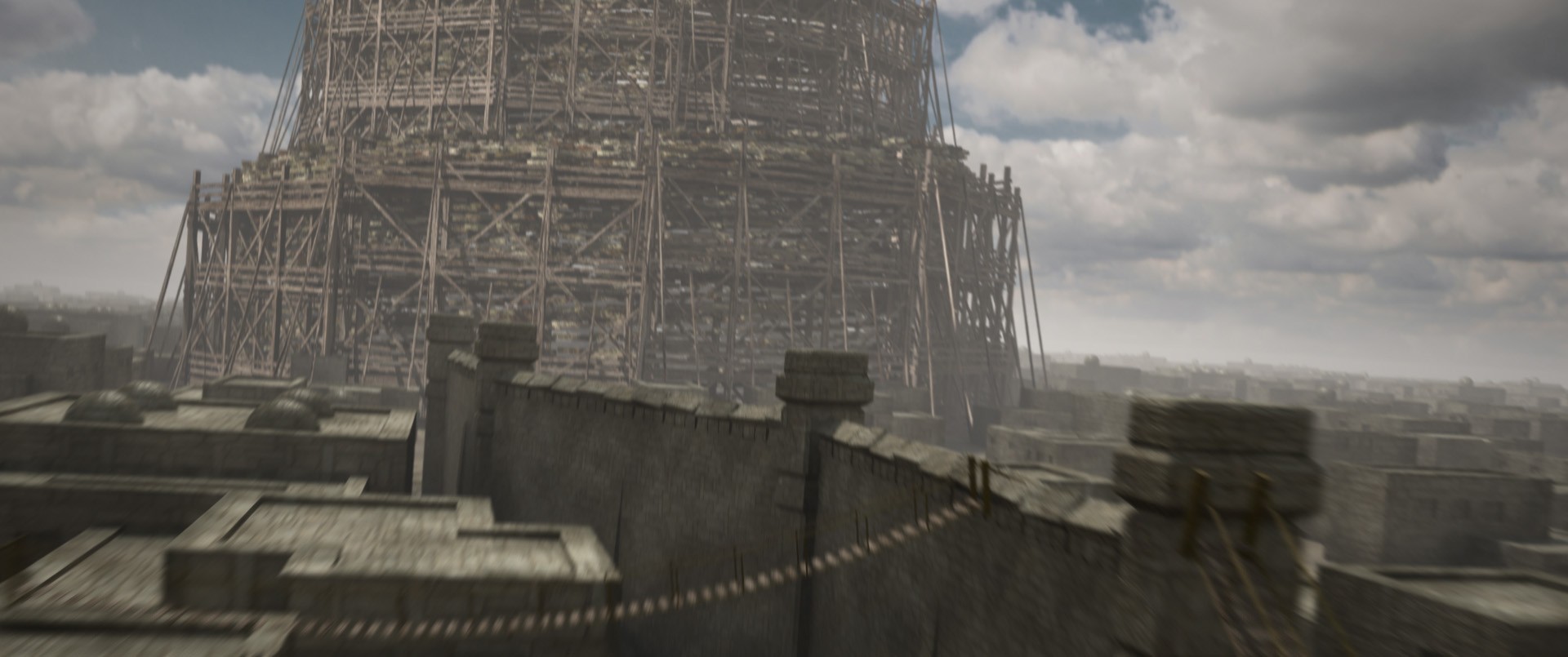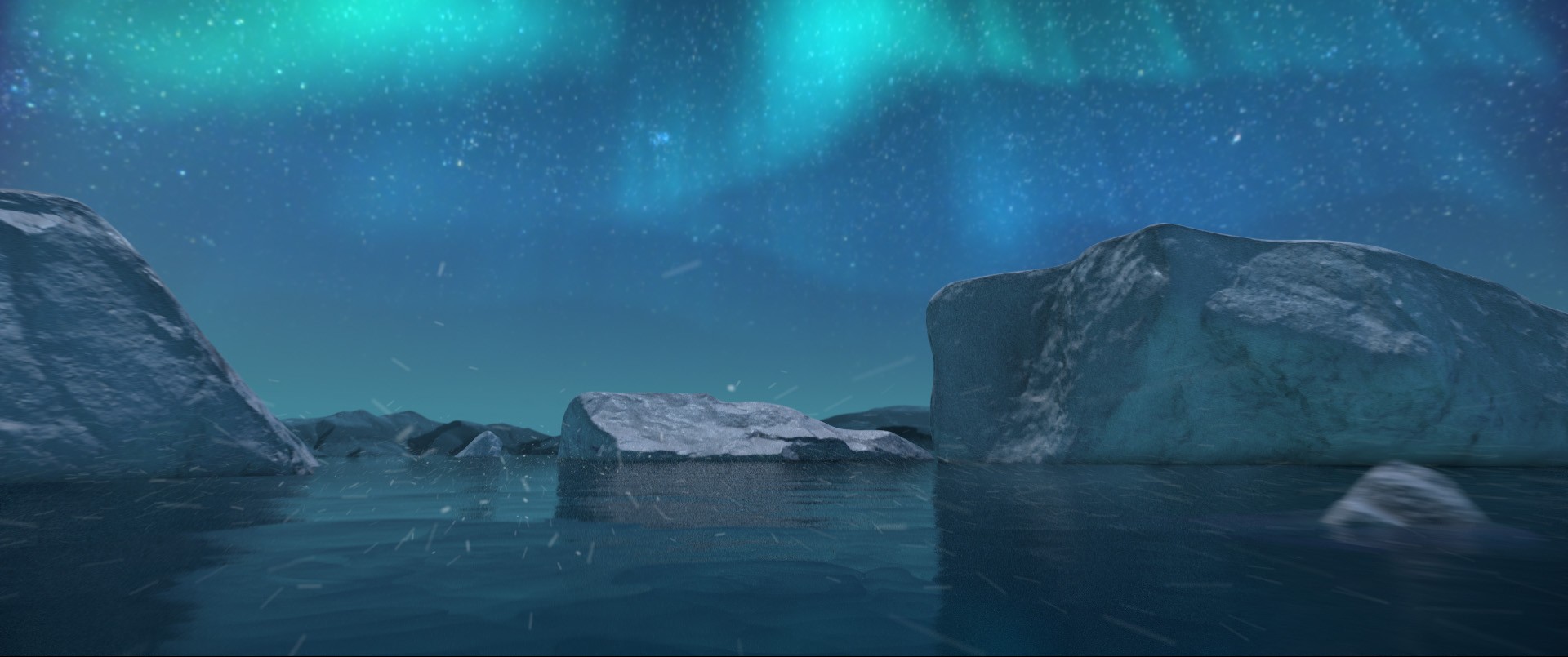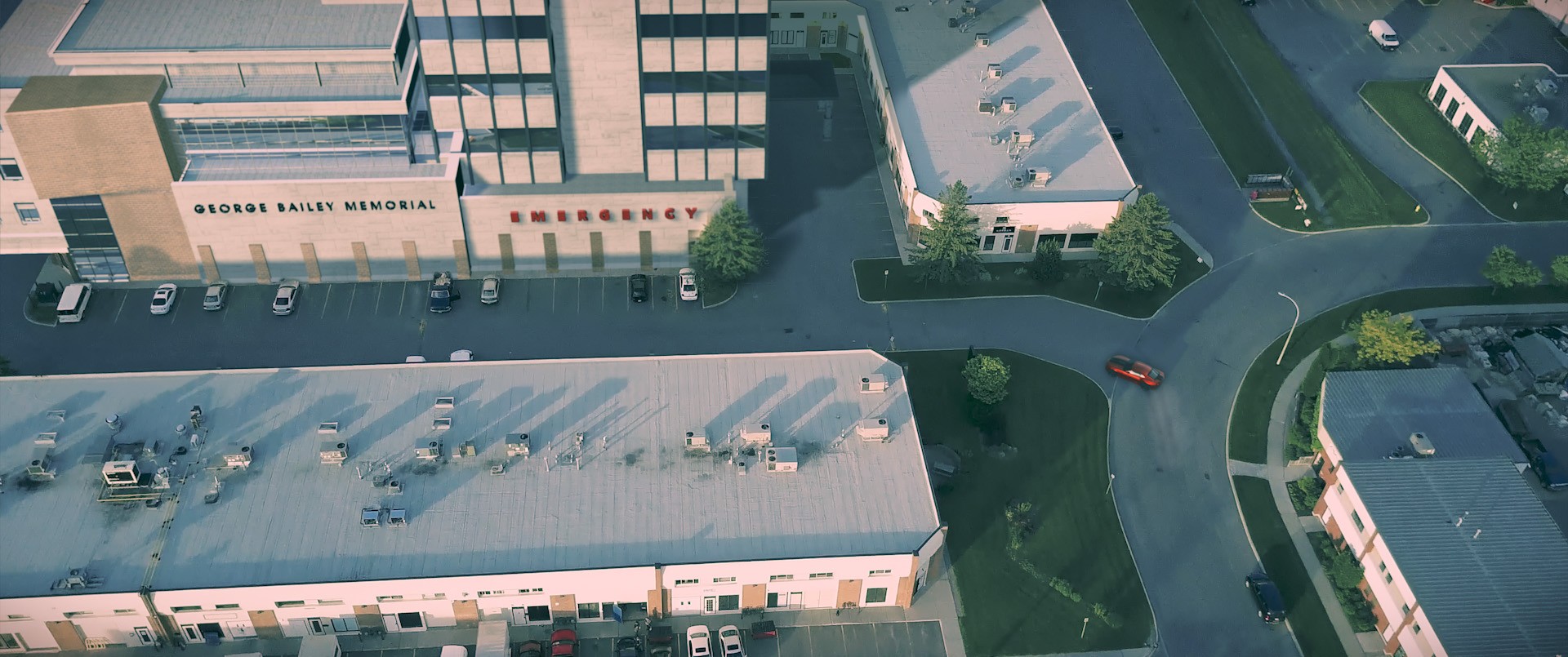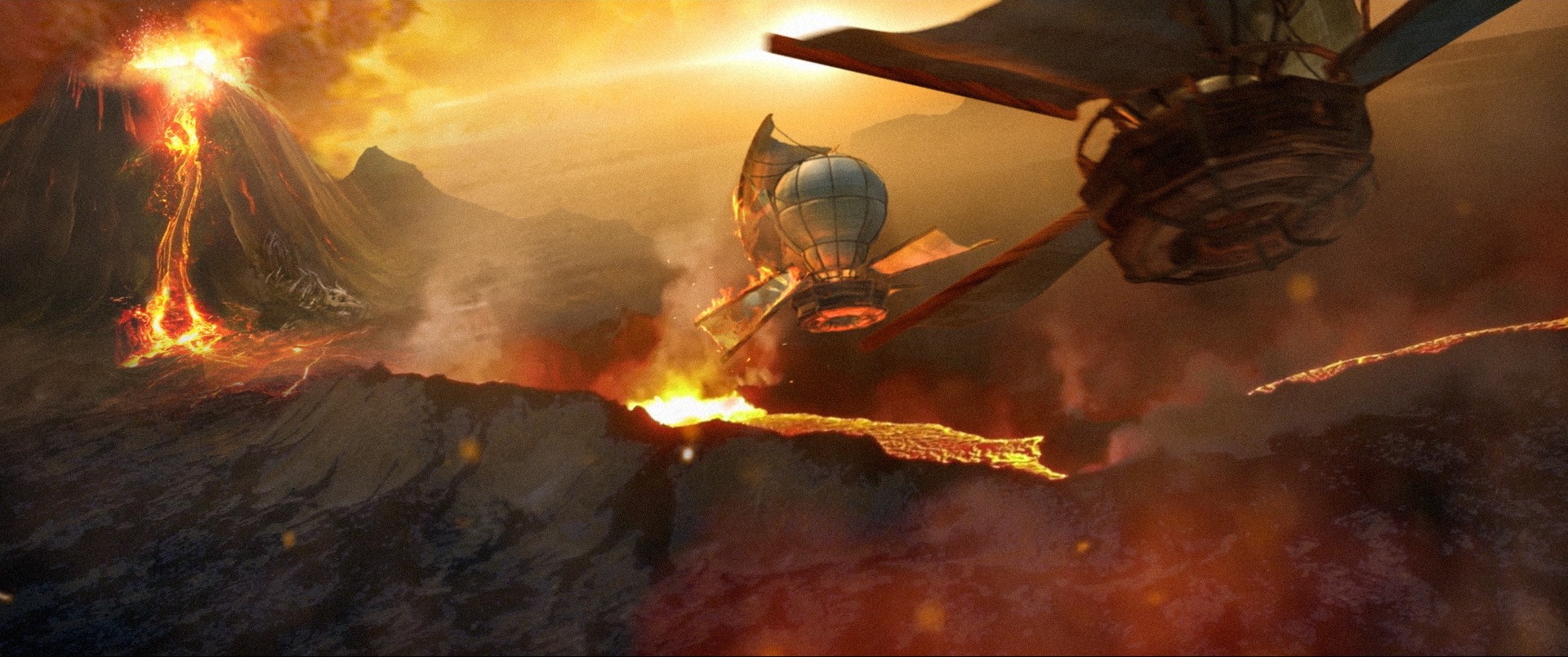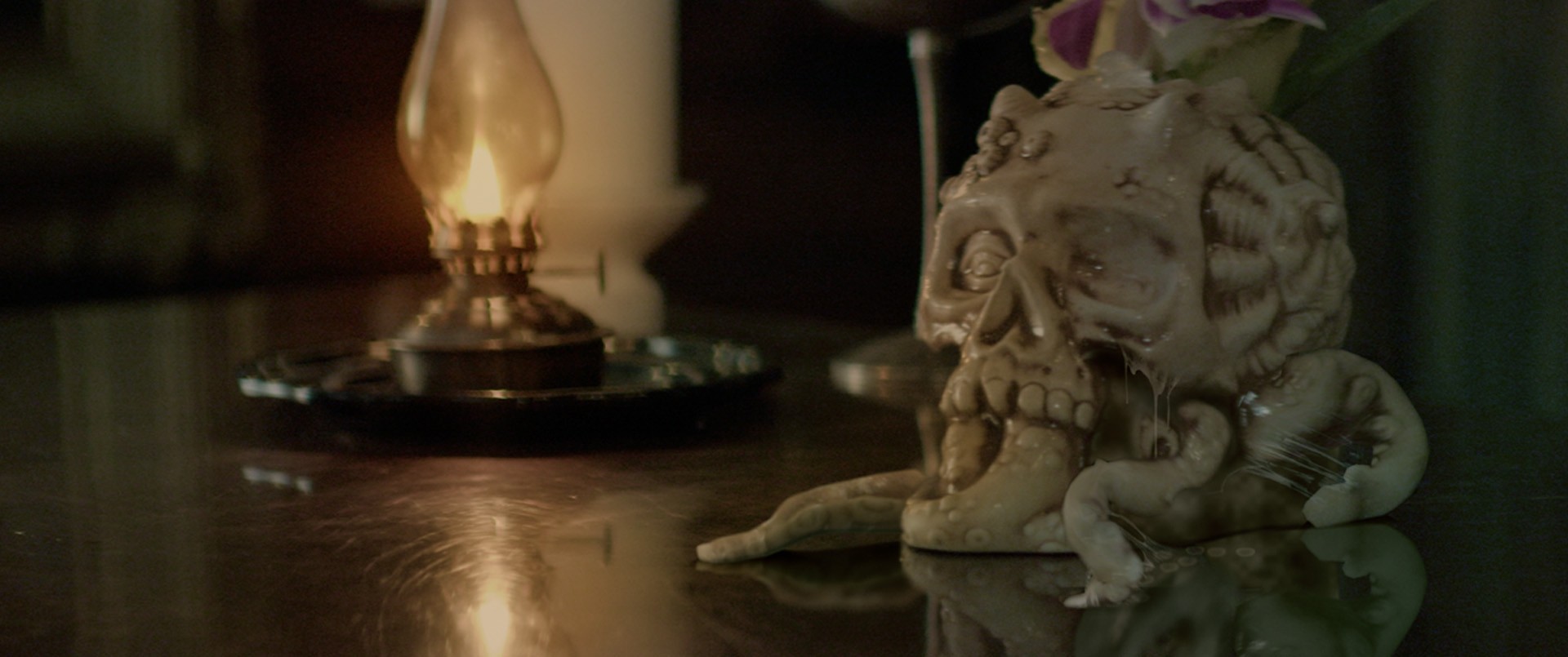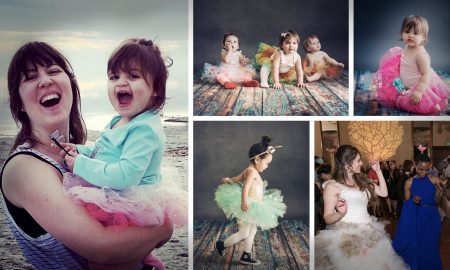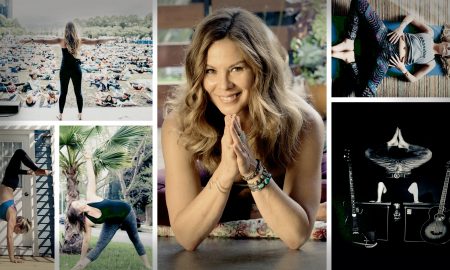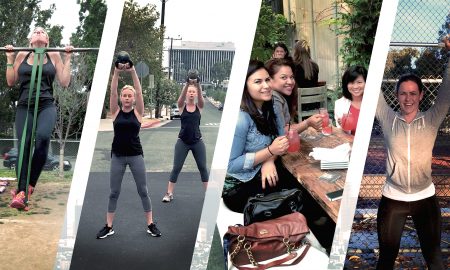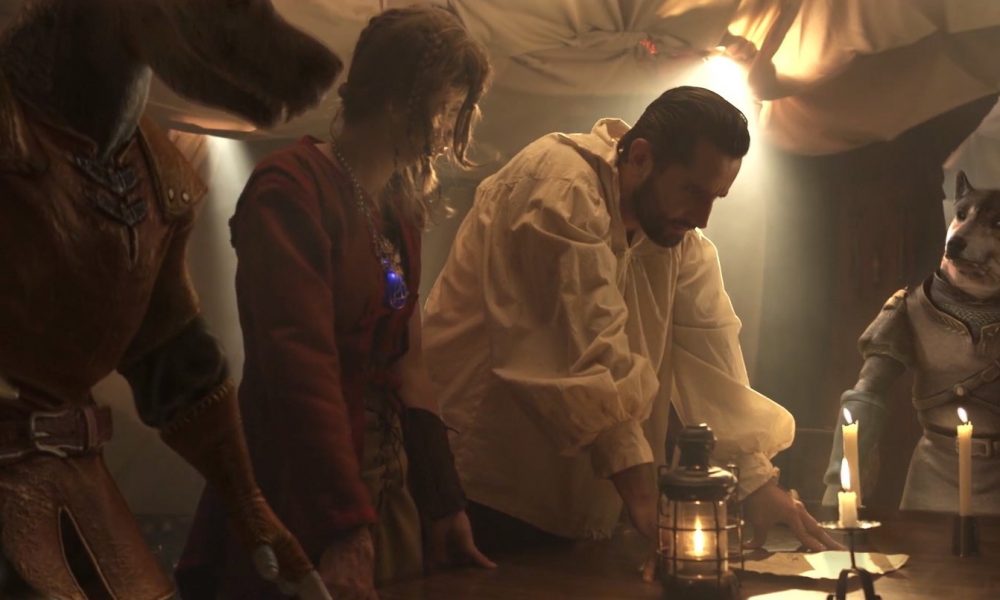

Today we’d like to introduce you to Rick Cortez.
Alright, so thank you so much for sharing your story and insight with our readers. To kick things off, can you tell us a bit about how you got started?
I was made to be an artist and a storyteller, though it wouldn’t have been obvious by looking at my family. I come from a family of accountants and financial professionals. My father was a first-generation college graduate and an army veteran who got into accounting and finance for its job security and growth potential. My three brothers followed in his footsteps, becoming accountants, CPAs, and VPs of finance. But for some reason, I couldn’t shake the need to create.
I grew up in the ’80s and ’90s, long before iPhones and laptops were ubiquitous. I remember having to write some grade school reports on a typewriter (dear God, I’m old), but then we got our first personal computer when I was about 10 years old. It was then I discovered Microsoft Paint and Powerpoint. With those two tools came a newfound freedom to create digital art, mock magazine layouts, and even rough 2D animations, and I realized the potential for doing art in the computer. Things could be created, fine-tuned, re-used, modified, multiplied, whatever I imagined. And then my parents found a discount 3D modeling and animation program (this was before Jurassic Park was released). Suddenly I could create virtually anything I imagined, even photo-real scenes. And I knew back then, digital art was going to change how stories are told, and someday anyone could tell them.
Since those early days, I’ve been mostly self-taught, exploring every program I could get my hands on. Design programs such as Photoshop, Quark xPress, InDesign. Adobe After Effects became a dream canvas to create, composite and entertain. And Lightwave 3D was an affordable 3D software that was used on major Hollywood productions, so I dove in and began to create.
I was fortunate enough to be hired at a small production company in Irvine, California while still in college, honing my storytelling skills as an editor, and gradually began taking on new areas – Art Direction, Scriptwriting, Production Design, and Visual Effects. (Oddly enough, I graduated with a Bachelor’s in Business Economics, which did come in handy when I became the company’s Chief of Operations.)
The greatest asset I gained through my workplace was an exposure to real-world stories from real people. The company specializes in telling the stories of non-profits, humanitarian projects, and those who suffer persecution in many areas of the world today. I saw the hearts of people going through the entire range of the human experience. More than anything else, that experience informed my storytelling, and even my visual effects process, to start with a core of authenticity for the story or the characters.
Today, in addition to my role as a Chief of Operations, I am known in the freelance world as “Some Guy in Anaheim,” a Visual Effects Artist and Storyteller that loves to make stories shine. Because my freelance work is my passion, I take on projects that resonate with my heart. That means I work to connect with the stories and get to know the characters. For me, Visual Effects are part of the story, never meant to distract from it, always meant to enhance it for the sake of the audience.
I chose the name “Some Guy in Anaheim” precisely because it’s never been about name recognition for me. It’s all about the story.
Would you say it’s been a smooth road, and if not what are some of the biggest challenges you’ve faced along the way?
It’s rare to find a straight and smooth road to the work you dream of doing. Most of my growth as an artist came through difficult times in my life or in unexpected ways. Due to an economic downturn in my home, I went to work straight out of high school. That isn’t particularly difficult in itself, but even at that time, I knew storytelling/media production was where I belonged and the only work I found was the graveyard shift at a media duplication facility, duplicating episodes of “The Simpsons” in Spanish and Portuguese for broadcast in South America. I picked up enough of the languages to enjoy the show, but I also got the opportunity to explore the facility’s computer workstations, which included an early version of Adobe After Effects (this was 1998). So I learned compositing and visual effects during my night shift that summer.
A few years later, my father passed away unexpectedly and I became a support for my mother, working at my local church doing newsletters and videos for special events. The interesting thing about working at a local church is just how thankful they are that someone is willing to put in the effort, and they gave me a tremendous amount of creative freedom. A small team of us created incredibly ambitious productions with negligible budgets of course. From my experience there, I was able to put together my first demo reel, which happened to get noticed by a friend I worked with at my previous “nightshift” job. He passed it on to the company he now worked for, and two days later, I was hired.
Then, over the past 15-20 years, through the myriads of people that came through with stories to tell, I became connected to many up-and-coming filmmakers and creative visionaries, who I am deeply connected with to this day. With them, the people they refer, and new connections, I’ve been blessed to be able to push the boundaries of what skill and budget allow in order to create visually rich stories for others and for myself.
Can you tell our readers more about what you do and what you think sets you apart from others?
I’m a Visual Effects (VFX) Artist and 3D Generalist (that’s someone that does some of everything in the 3D animation space: modeling, rigging, texturing, lighting, and animation).
My specialty seems to be Compositing, where I combine and blend elements together to feel like they are all part of the same scene/image. It also means a lot of “invisible” effects, such as touching up an actor’s face or makeup digitally, painting out scenic elements that are distracting or need to be removed from a scene, replacing 2D or 3D objects in a scene, or even re-animating objects within a shot in order to give them a better performance.
There must be tens of thousands of artists out there with the technical capabilities to do visual effects. But I’m much more intimately involved in the story behind the shot, the heartbeat that breathes life into the scene. My background with story and characters that I’ve gained over the past 20 years means that I approach visual effects first as a storyteller, getting into the head of the Director or Writer, which is especially valuable on small studio or Indie productions that don’t have an army of VFX artists at their disposal. So my approach to story-centric VFX allows me to speak the same language as the Director. It’s a beautiful thing. Filmmaking has its own “language,” where the composition of a shot can impact the emotion that is conveyed and how the audience responds to it. Understanding that gives me an edge in creating Visual Effects that make the story better.
Is there a quality that you most attribute to your success?
As the name “Some Guy in Anaheim” implies, I don’t chase after name recognition or fame. I’d much rather be anonymous and see people moved by the things I create. To me, the integrity of the story comes first. At the end of the day, when I’m working with an Independent filmmaker, it’s their vision that I’m there to accomplish, for the sake of their story. I absolutely love that – being able to choose projects I believe in. To me, the power of a story well-told, with impact, is the mark of success.
Contact Info:
- Website: SomeGuyInAnaheim.com
